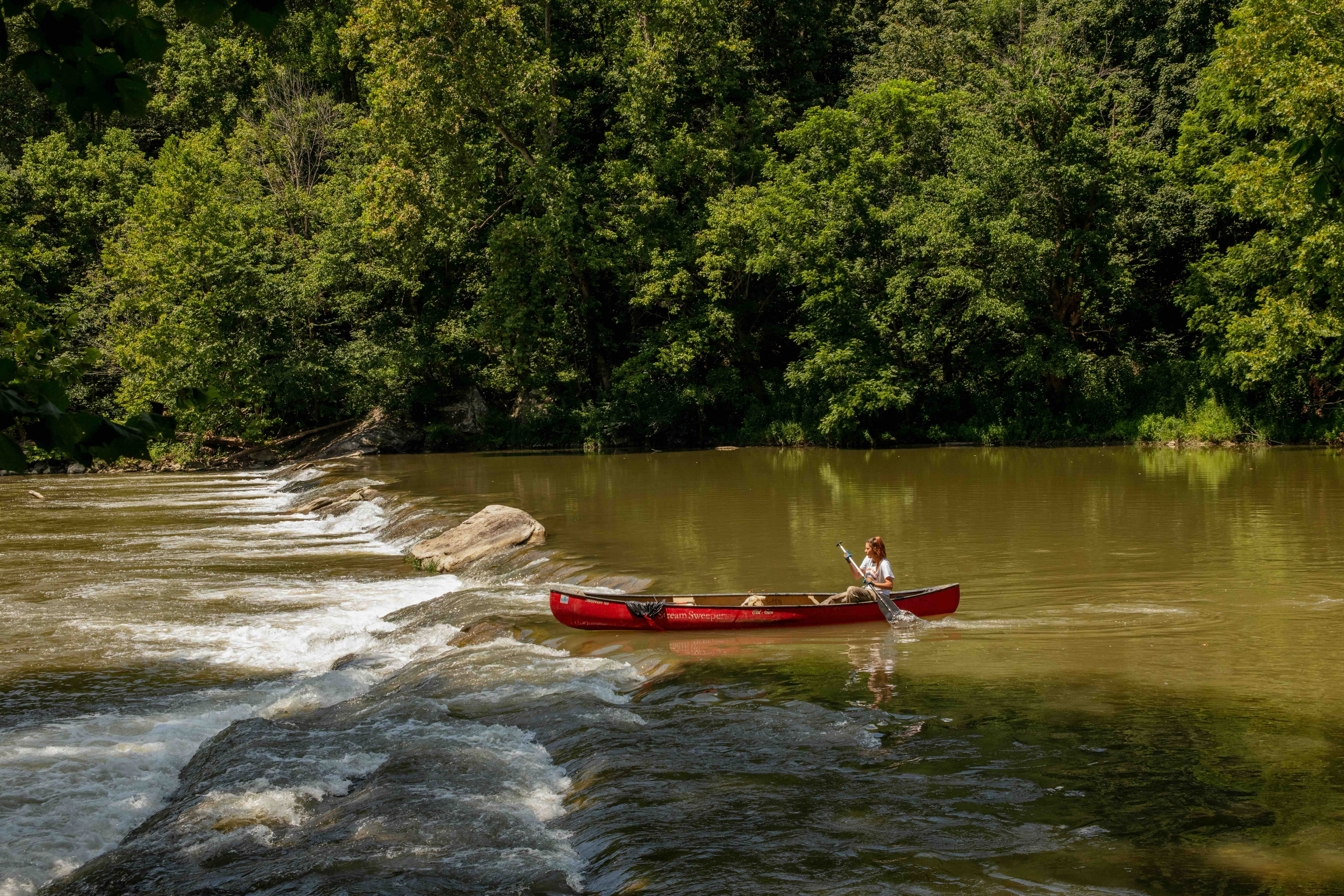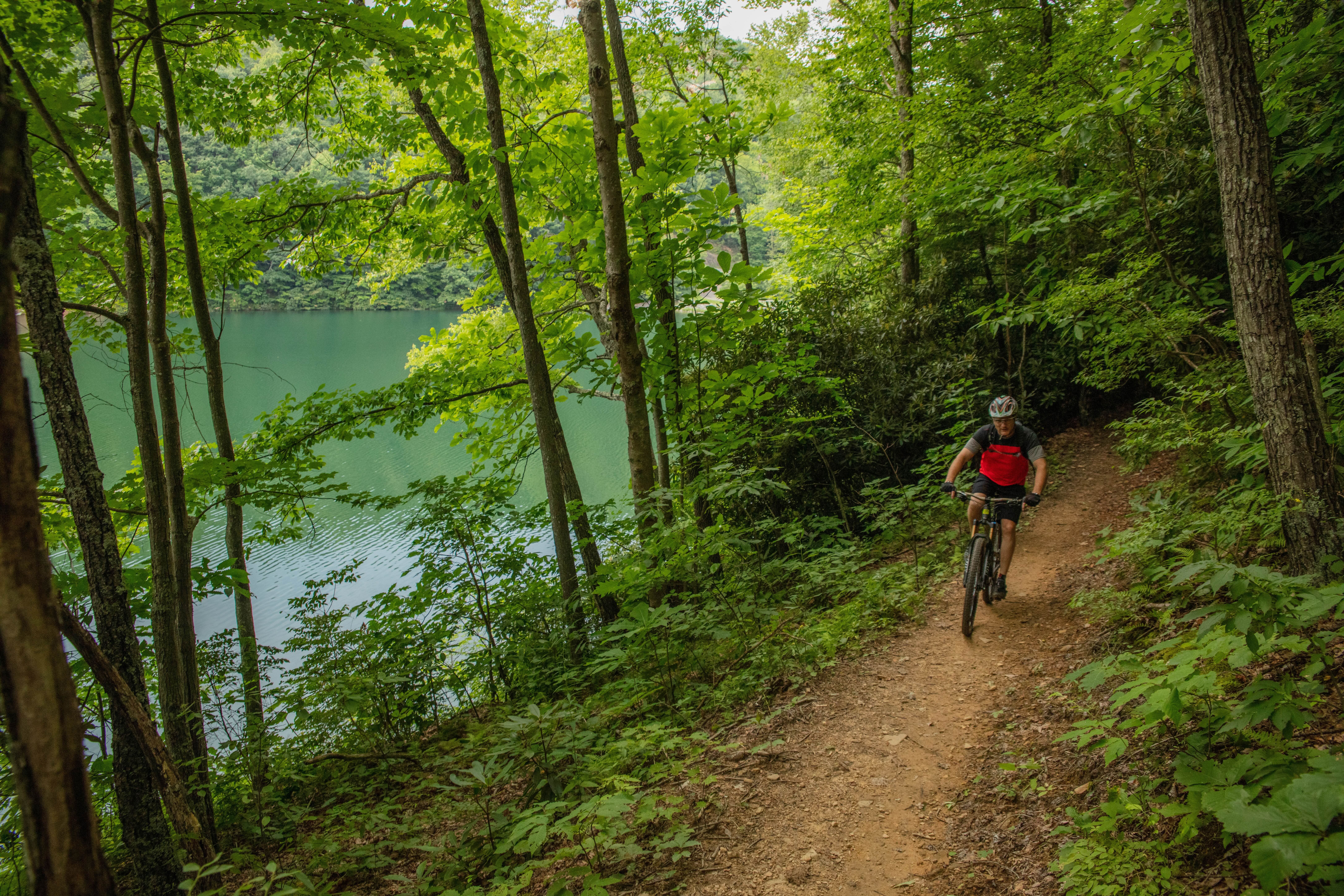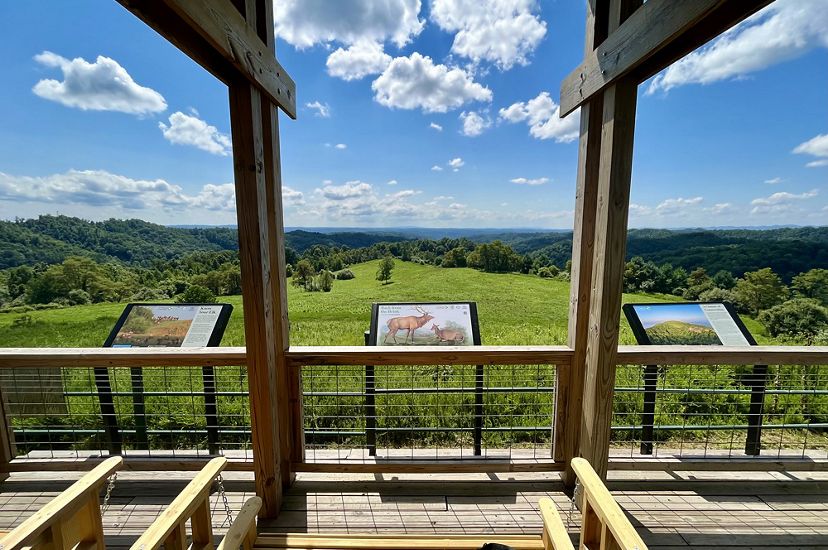Every year in September, National Public Lands Day serves as a reminder of the invaluable natural resources that enrich our lives in countless ways. Whether it’s a small neighborhood park or a sprawling national forest, public lands provide economic, health and environmental benefits beyond compare. And Virginia’s public lands are especially notable.
Virginia boasts 43 state parks providing easy access to activities like camping, hiking, boating, fishing, and swimming. The state’s 26 state forests feature hundreds of miles of trails and open roads, and numerous lakes and rivers perfect for fishing, canoeing, and kayaking. Additionally, Virginia’s wildlife management areas encompass over 200,000 acres dedicated to public recreation, including traditional pursuits such as hunting, trapping, and (more) fishing. Beyond state-managed lands, more than 2.3 million acres of national parks, forests, wildlife refuges, and other federal lands in Virginia serve as a vast public playground.
All of these lands and waters are maintained for the public’s benefit, and Virginians have made it clear they support public land access and management. 
The 2022 Virginia Outdoors Survey revealed that an overwhelming 9 in 10 Virginians believe public funds should be allocated to acquire land and prevent the loss of natural areas. This statistic underscores the deep-seated appreciation Virginians have for their outdoor spaces, whether they are neighborhood parks, regional trails, state and national parks, protected nature and wilderness areas, or historic and scenic sites. Our collective love for the outdoors is not just a cultural trait; it is a cornerstone of our economic, health, and environmental well-being.
Economically, the public lands of Virginia are a powerhouse. Our agriculture and forestry industries, deeply rooted in the fertile soils and vast forests of the Commonwealth, form the backbone of our economy, supporting over 9% of the state GDP. Moreover, the outdoor recreation industry is flourishing. Federal data shows that outdoor recreation contributed $11.3 billion to the Commonwealth supporting nearly 125,000 jobs. Communities across Virginia are investing in better access to the outdoors, recognizing that these investments draw tourists and new businesses, making Virginia an even better place to live, work, and raise a family. Outdoor recreation activities such as hiking, fishing, camping, and wildlife watching are economic drivers that bolster local economies and create jobs. 
The health benefits of access to public lands are equally compelling. Studies consistently show that spending time in nature reduces stress, improves mental health, and promotes physical well-being. For Virginians, this translates to a healthier, happier population. Neighborhood parks provide a safe space for children to play and for families to bond. Trails and greenways offer opportunities for exercise and social interaction. In a time where mental health challenges are increasingly prevalent, our public lands offer a natural remedy that is both effective and accessible.
Environmentally, public lands are vital for conservation and sustainability. They protect biodiversity, preserve critical habitats, and serve as natural buffers against climate change. Virginia’s diverse ecosystems, from the Appalachian Mountains to the Chesapeake Bay, are home to countless species of plants and animals. Protecting these areas ensures that future generations can enjoy the same natural heritage that we cherish today. Additionally, healthy forests and wetlands play a crucial role in water purification, flood control, and carbon sequestration, providing essential ecosystem services that benefit all Virginians.
The 2022 Virginia Outdoors Survey clearly indicates that Virginians highly value their outdoor spaces. Yet, our work is far from complete. With a $1.2 billion surplus, Virginia stands at a unique crossroads. This surplus presents an unprecedented opportunity to fund initiatives that will protect and enhance our natural resources. Investing in public lands is an investment in our future. It ensures that the economic, health, and environmental benefits of our natural spaces continue to thrive and support the well-being of all Virginians.
We call on our policymakers to seize this moment. Let us allocate a portion of our surplus to secure a legacy of natural beauty and prosperity for generations to come. By dedicating funding to our public lands, we honor the values and priorities of Virginians, support our robust economy, promote public health, and safeguard our environment. Together, we can ensure that Virginia’s great outdoors remain a source of pride and joy for all.
On this National Public Lands Day, let us reaffirm our commitment to preserving and enhancing the natural wonders of our Commonwealth. Let us take bold steps to protect the lands we love. After all, our public lands are more than just spaces; they are the heart of Virginia. 
Maribel Castañeda is coordinator for Our Virginia Outdoors.



